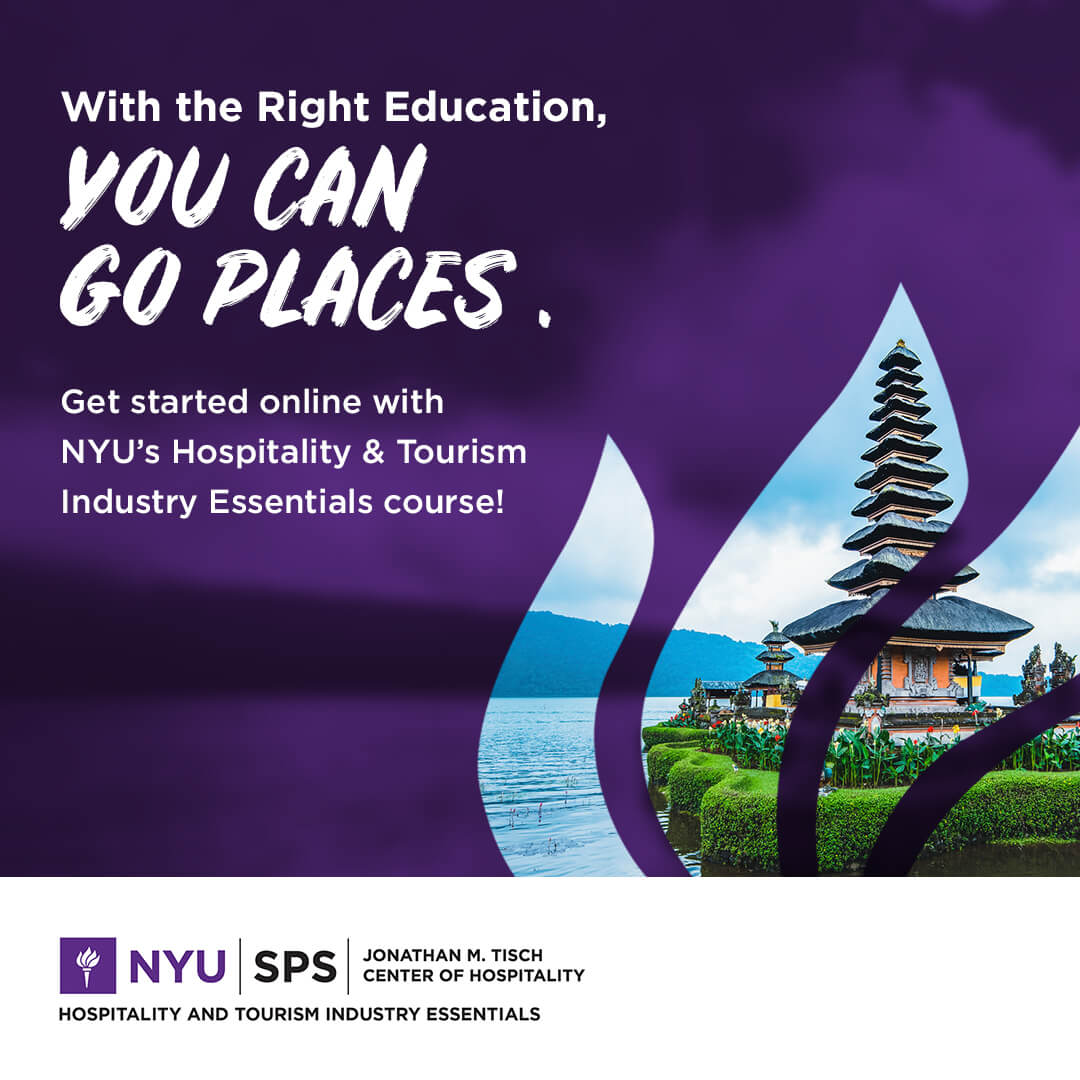Travel blogging has become a popular and lucrative niche in the digital landscape, attracting individuals passionate about exploration, storytelling, and sharing experiences with a global audience. In this article, we will delve into travel blogging, exploring the top tips, strategies, and insights to help you succeed in this competitive industry.
1. Find Your Niche
When starting a travel blog, it’s essential to identify your niche or unique angle. Whether you focus on budget travel, luxury destinations, solo adventures, family-friendly trips, or off-the-beaten-path experiences, carving out a specific niche will help you stand out in a crowded field and attract a dedicated audience.
2. Create Compelling Content
The success of a travel blog hinges on the quality of its content. Produce engaging and visually appealing posts that captivate readers and inspire them to explore new destinations. Incorporate high-quality images, videos, and storytelling techniques to bring your travel experiences to life and connect with your audience on a personal level.
3. Master SEO Techniques
Search engine optimization (SEO) plays a crucial role in driving organic traffic to your travel blog. Conduct keyword research, optimize your content for relevant search terms, and focus on creating valuable and informative posts that address the needs and interests of your target audience. By implementing SEO best practices, you can improve your blog’s visibility and reach a wider audience.
4. Engage with Your Audience
Building a loyal community of followers is key to the success of a travel blog. Foster engagement by responding to comments, interacting on social media platforms, and soliciting feedback from your readers. Encourage audience participation through polls, contests, and Q&A sessions to create a sense of community and connection with your followers.
5. Collaborate with Brands and Tourism Boards
As your travel blog grows in popularity, you may have the opportunity to collaborate with brands, tourism boards, and travel companies. Partnering with relevant sponsors can provide opportunities for sponsored content, press trips, affiliate marketing, and brand partnerships, allowing you to monetize your blog and expand your reach within the travel industry.
6. Monetize Your Blog
There are various ways to monetize a travel blog and generate income from your passion for travel. Explore revenue streams such as affiliate marketing, sponsored content, display advertising, freelance writing, product sales, and sponsored trips. Diversifying your income sources can help you create a sustainable and profitable travel blogging business.
7. Stay Authentic and Transparent
Maintaining authenticity and transparency is crucial in the world of travel blogging. Be honest about your experiences, disclose any sponsored content or partnerships, and uphold ethical standards in your content creation. Building trust with your audience is essential for long-term success and credibility as a travel blogger.
8. Utilize Social Media
Social media platforms are powerful tools for promoting your travel blog, reaching a wider audience, and engaging with followers. Create a strong presence on platforms like Instagram, Facebook, Twitter, and Pinterest to share your travel adventures, connect with fellow travelers, and drive traffic to your blog. Consistent and strategic social media marketing can amplify the visibility of your travel brand.
9. Network with Other Bloggers
Networking with fellow travel bloggers can provide valuable insights, collaboration opportunities, and support within the blogging community. Attend industry events, join online forums and groups, participate in blogger outreach programs, and build relationships with like-minded creators to expand your network and exchange ideas in the travel blogging sphere.
10. Continuously Learn and Evolve
The landscape of travel blogging is constantly evolving, with new trends, technologies, and strategies emerging regularly. Stay informed about industry developments, attend workshops and webinars, invest in your education through relevant courses and resources, and adapt to changes in the digital landscape to stay ahead in the competitive world of travel blogging.
Conclusion
By implementing these top tips and strategies, you can elevate your travel blogging efforts, grow your audience, and establish a successful and impactful presence in the travel blogging community.
Whether you’re a seasoned travel blogger or just starting your blogging journey, embracing creativity, authenticity, and dedication can set you on the path to becoming a respected and influential voice in the world of travel and exploration.
Key Takeaways:
- Defining a niche helps new travel bloggers stand out and attract a loyal, targeted audience.
- High-quality, engaging content—including visuals and storytelling—is essential to capture and retain reader interest.
- SEO knowledge is vital to increase blog visibility and attract organic traffic from search engines.
- Building relationships with readers through interaction and community engagement strengthens audience loyalty.
- Partnerships with brands and tourism boards can open doors to monetization and wider exposure.
- Multiple income streams, like affiliate links, sponsored posts, and freelance work, support long-term blog sustainability.
- Transparency and honesty in content maintain reader trust and boost credibility.
- Social media platforms are essential for promotion, brand building, and driving traffic to the blog.
- Networking with other bloggers offers collaboration opportunities and industry insights.
- Staying adaptable and informed about trends and tools helps bloggers evolve and stay competitive.
Embrace creativity, authenticity, and dedication to succeed in travel blogging. Enhance your skills with Yellowbrick’s NYU Hospitality and Tourism Industry Essentials online course for a successful career in the travel industry.








